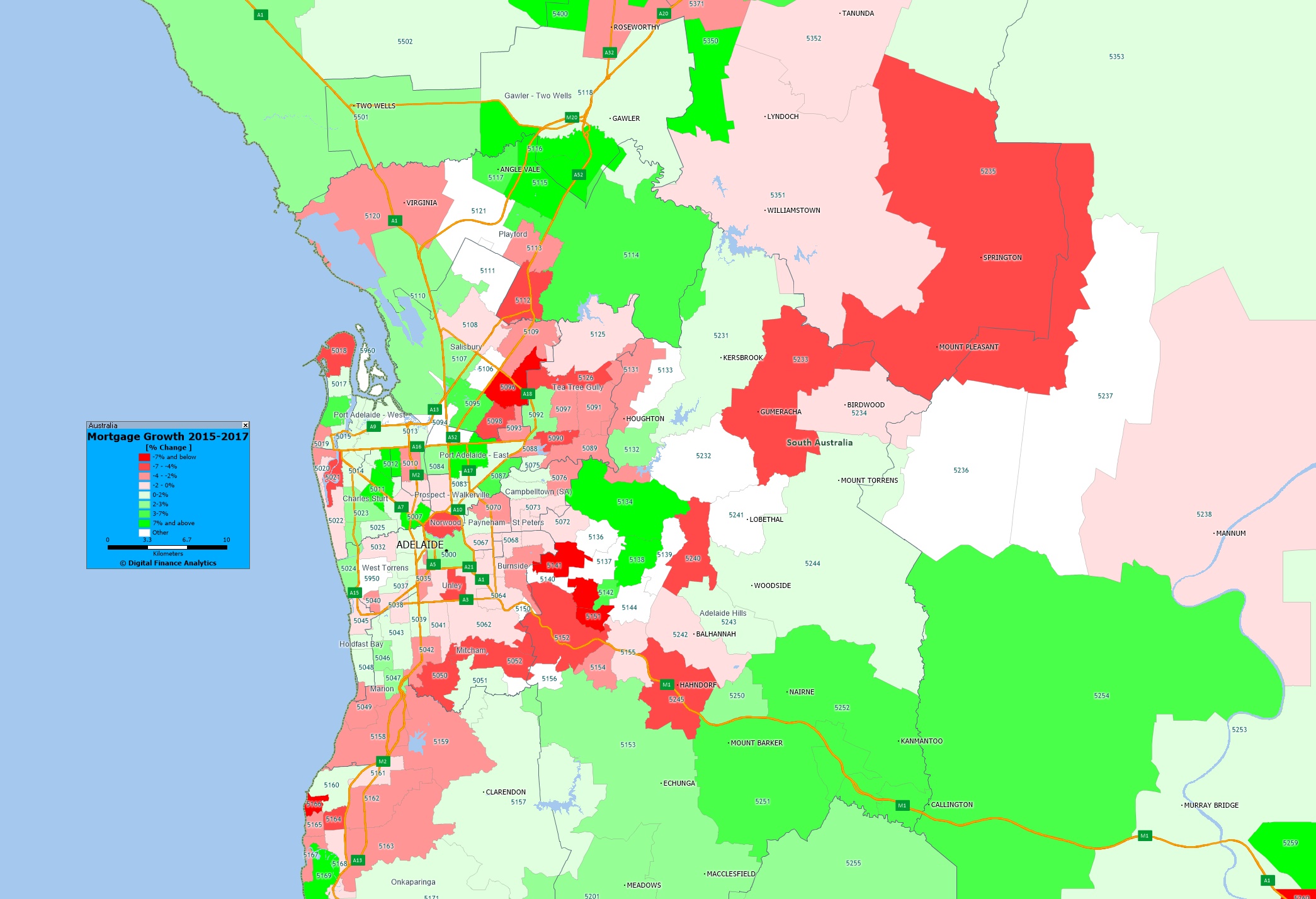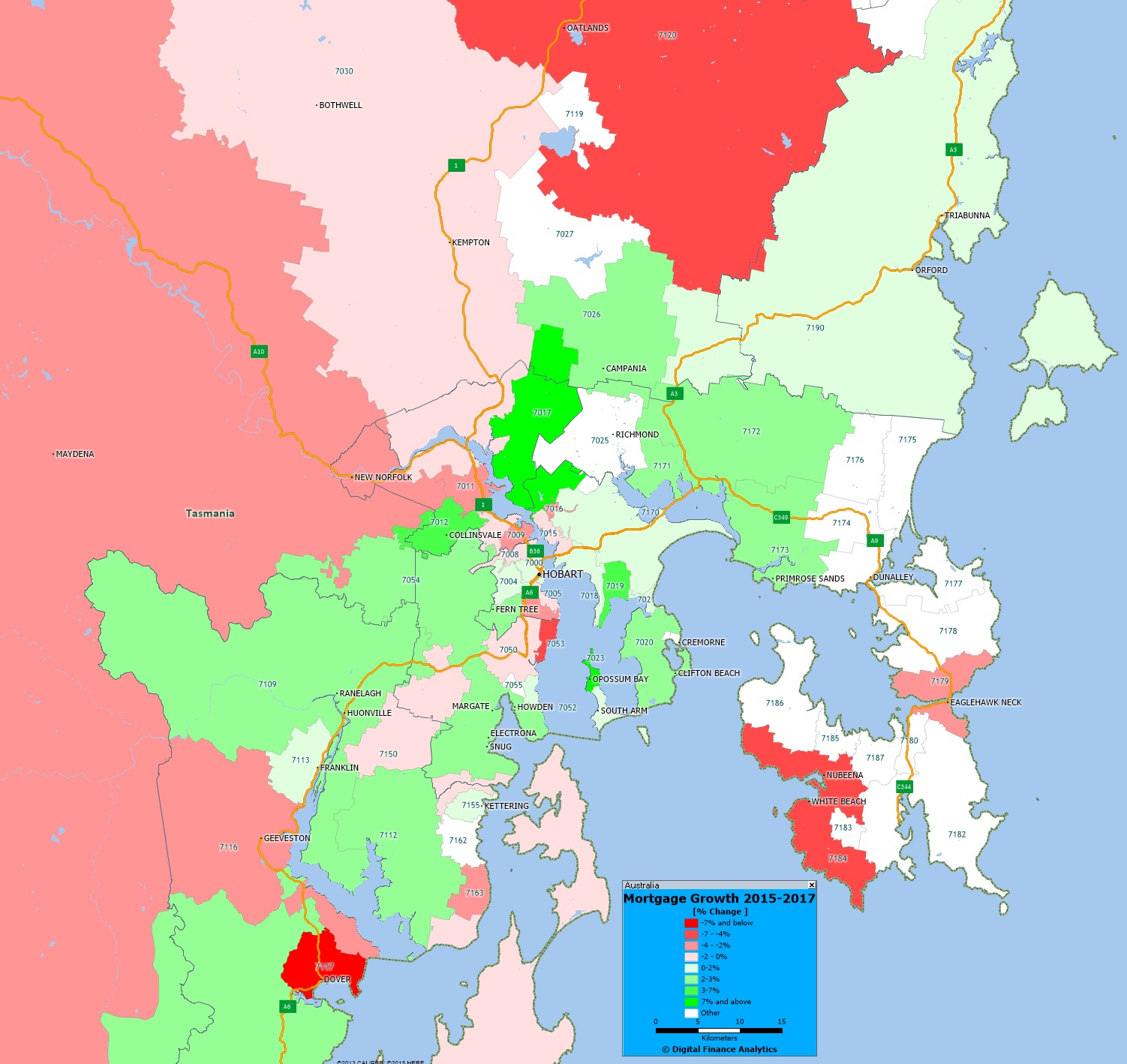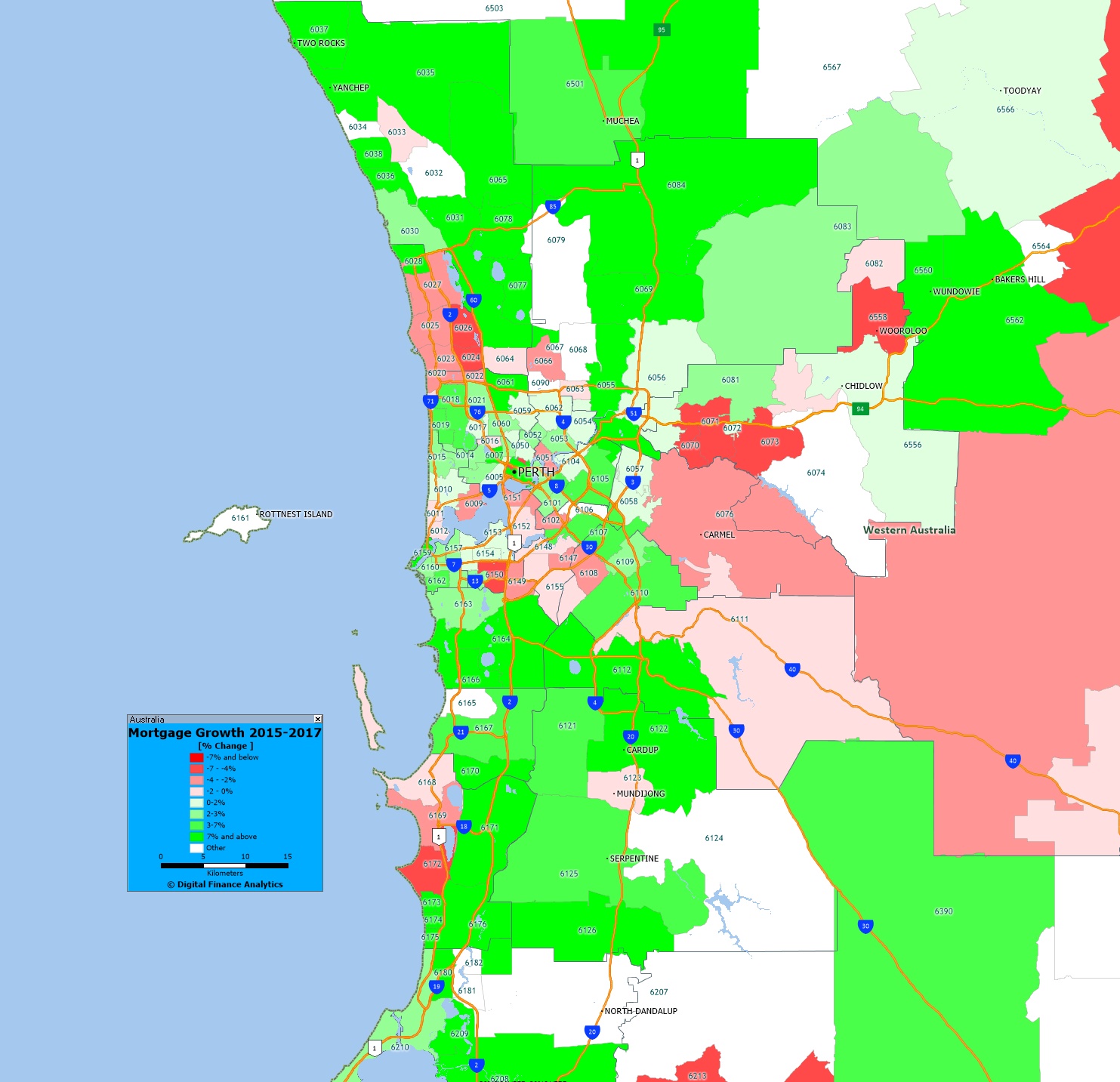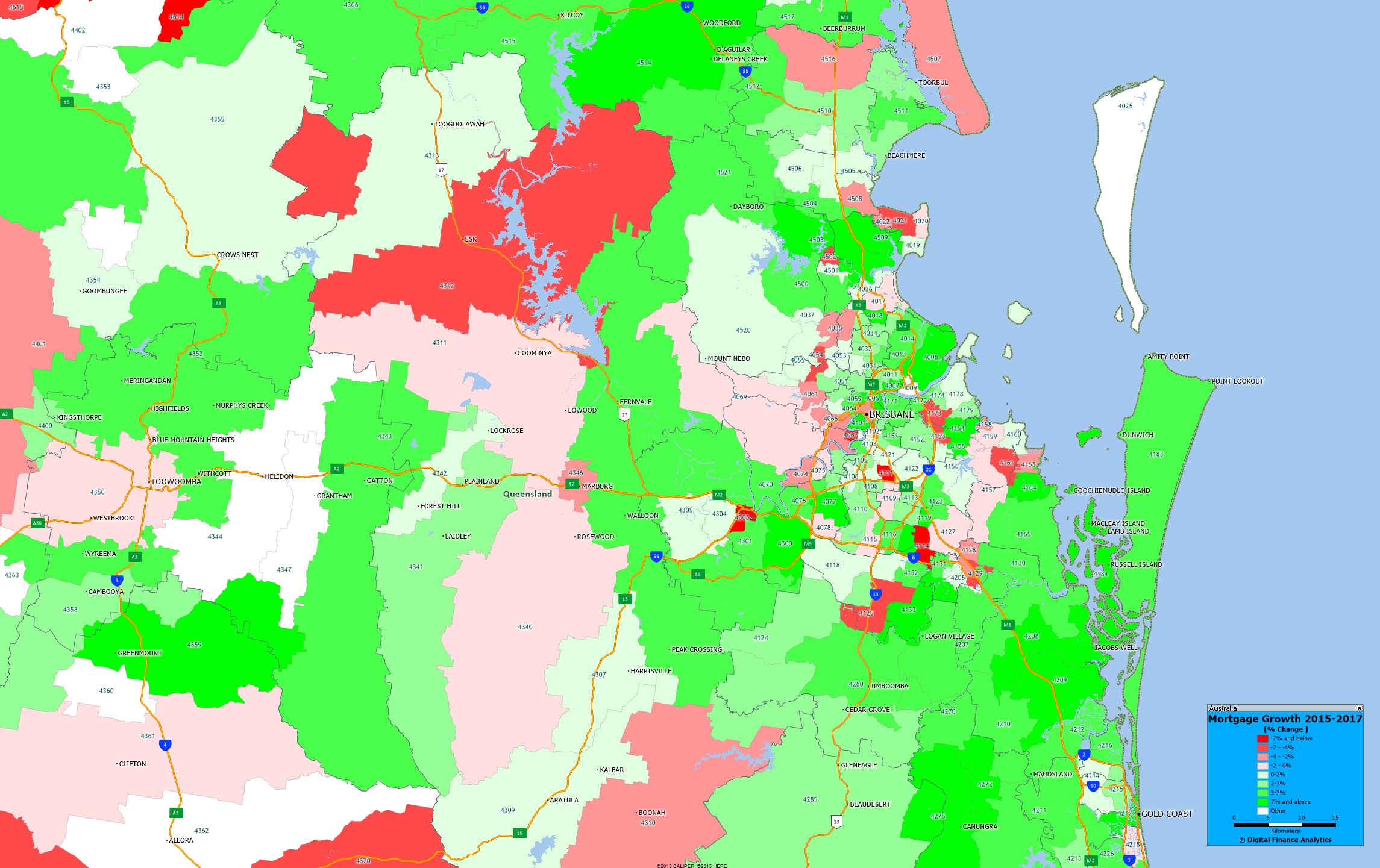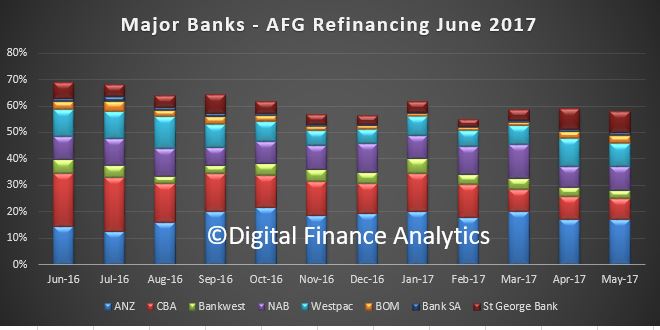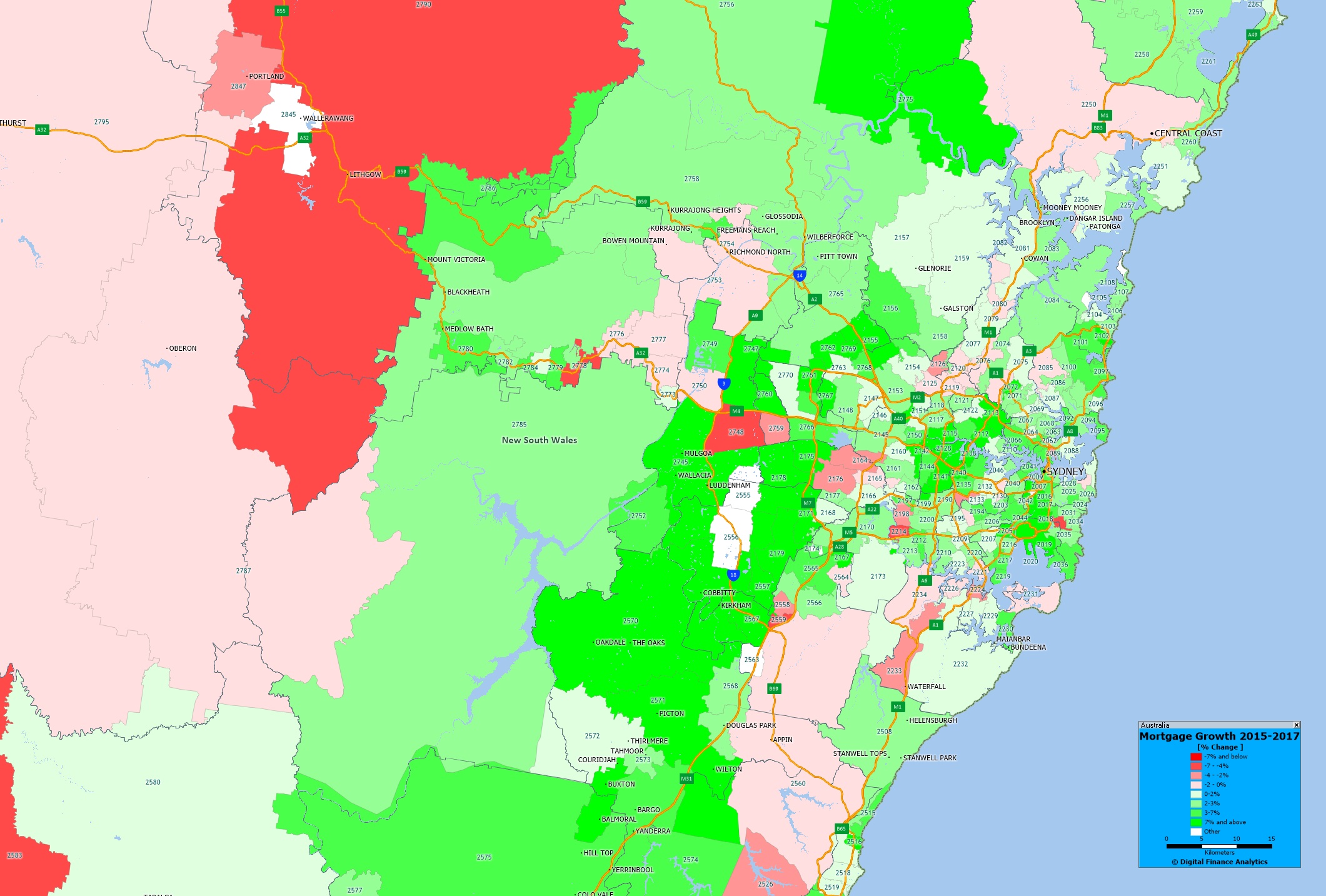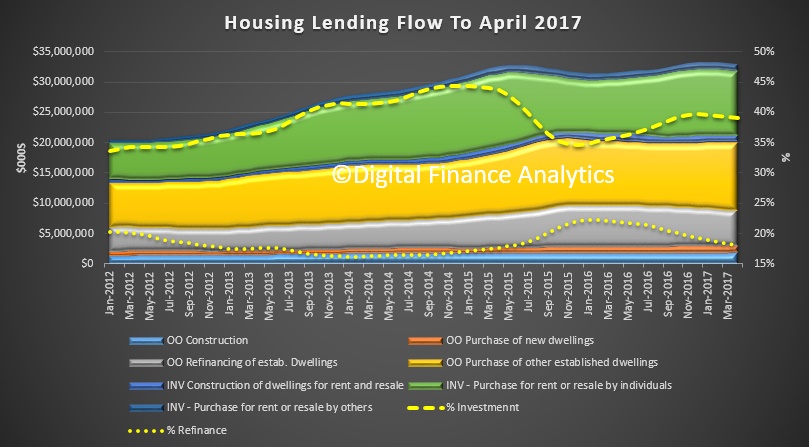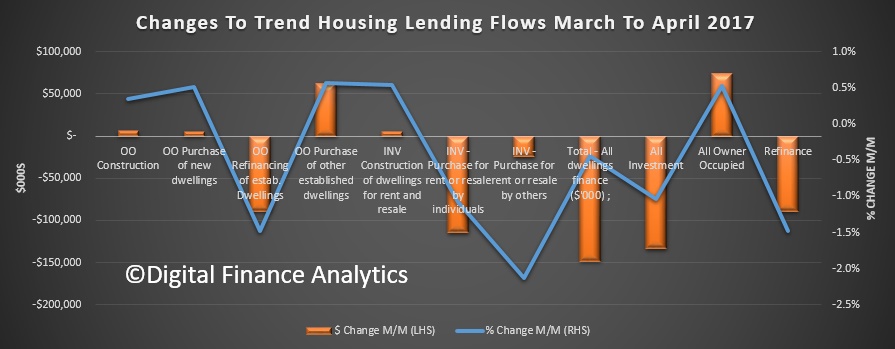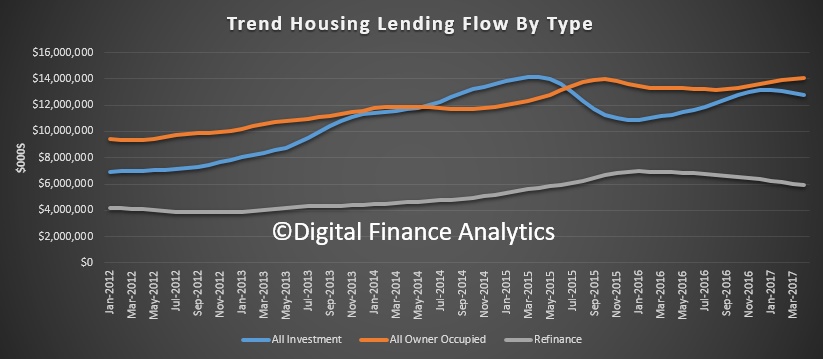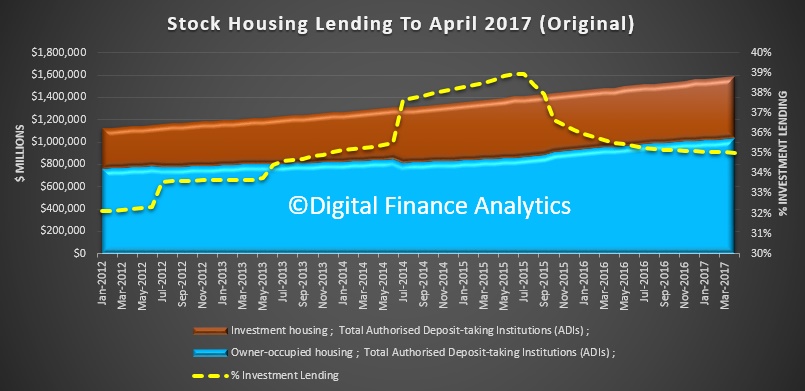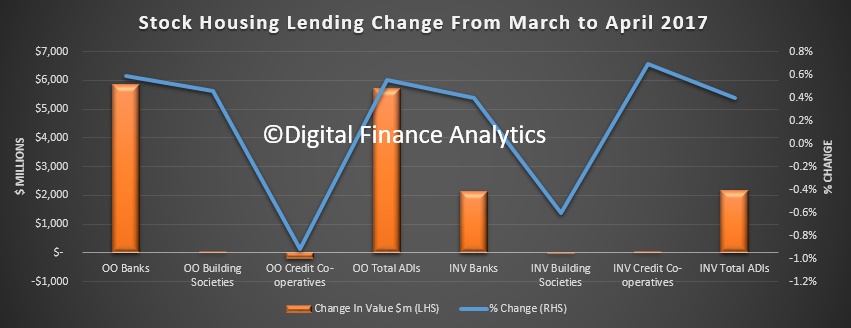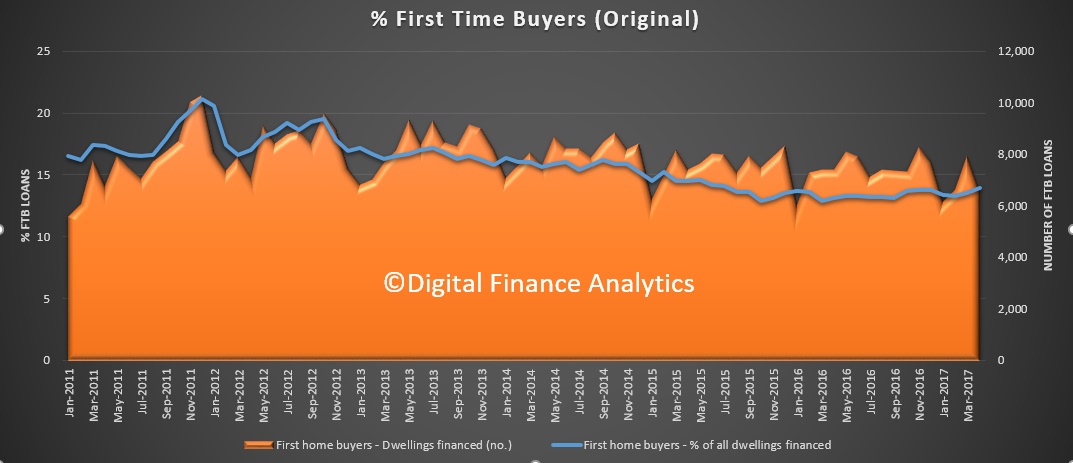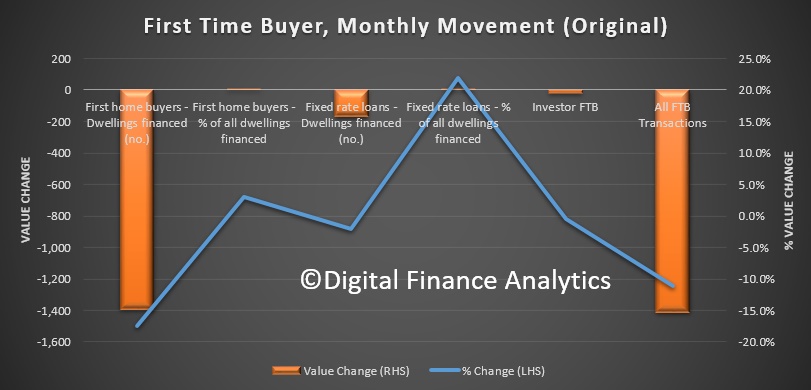Domain Group has announced it is expanding into home loans broking with the launch of ‘Domain Loan Finder’ in partnership with digital home loan platform Lendi.
Domain Loan Finder, launching in early July, is set to become a key digital solution for customers in Australia looking to secure a home loan. It offers consumers a simple and stress-free online process to connect with more than 30 leading lenders, including major banks, coupled with access to a national community of home loan specialists for personalised help and expert advice.
Domain chief executive officer, Antony Catalano, said: “This is a very important strategic announcement for Domain, and means we are the first major real estate listings portal to move beyond helping our audience find a home to helping them secure a home. Domain will be Australia’s first end-to-end property search and finance platform.
“Lendi is a fast-growing consumer brand with a superior product offering, and we are very excited that Lendi will be powering Domain Loan Finder to help Australians secure the best home loan available to them.
“Domain Loan Finder helps consumers apply for loans that are genuinely available in the market – it is not just another rates comparison website.
“We expect Domain Loan Finder will quickly become a must-use and valuable digital tool for all Australians looking to secure a home loan. We will actively market our home loan solution to our large and highly engaged audience of more than 4 million a month in a highly relevant, personalised and timely way.
“Domain is well positioned to utilise its popular consumer technology platforms to enter into a partnership in the Australian home loan broking market, which generates about $2bn a year in commissions, and to expand beyond its current home loan lead referral business.
“This new offering is part of the full complement of real estate products and services that Domain is building out to deliver on the modern needs of today’s property buyers, owners and sellers, as well as to grow new transactional revenues.
“Domain Loan Finder adds to Domain’s other investments in utilities connections business Compare & Connect, home improvement and maintenance business Oneflare, and open for inspection check-in management system Homepass.
“We are very much looking forward to working with Lendi to pursue this significant opportunity to continue to create value through digital innovation for audiences and customers.”
Lendi managing director, David Hyman, said: “We’re excited to be working with Domain to bring the Lendi experience to a wider audience.”
“Tapping into Domain’s strong market position, we’re looking forward to bringing an integrated home loan experience to the property buying process.
“With more and more consumers turning to online channels as part of their home loan research, there’s a huge opportunity to enhance that journey with contextual and relevant engagement as they progress through the property buying journey.”
Domain Loan Finder will operate as a joint venture with Lendi’s parent entity, Auscred, with Domain holding a 60% stake. The amount invested in the JV is not material and remains confidential.
Lendi started in 2013 as an online and phone-based broking business and is backed by major institutional investors and venture capital.


